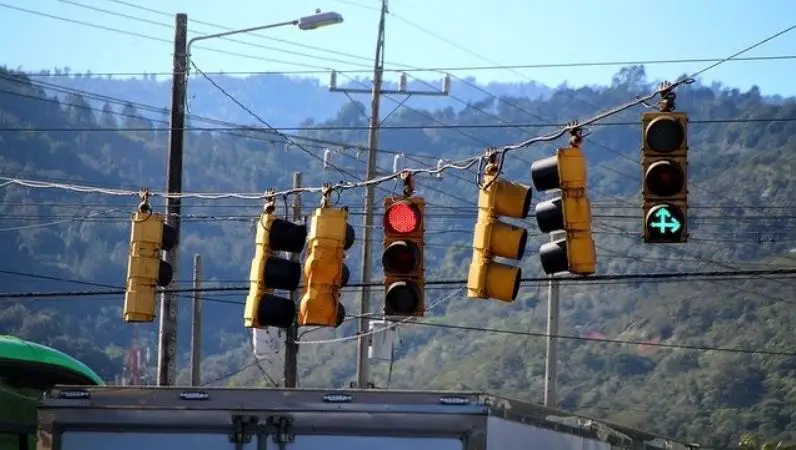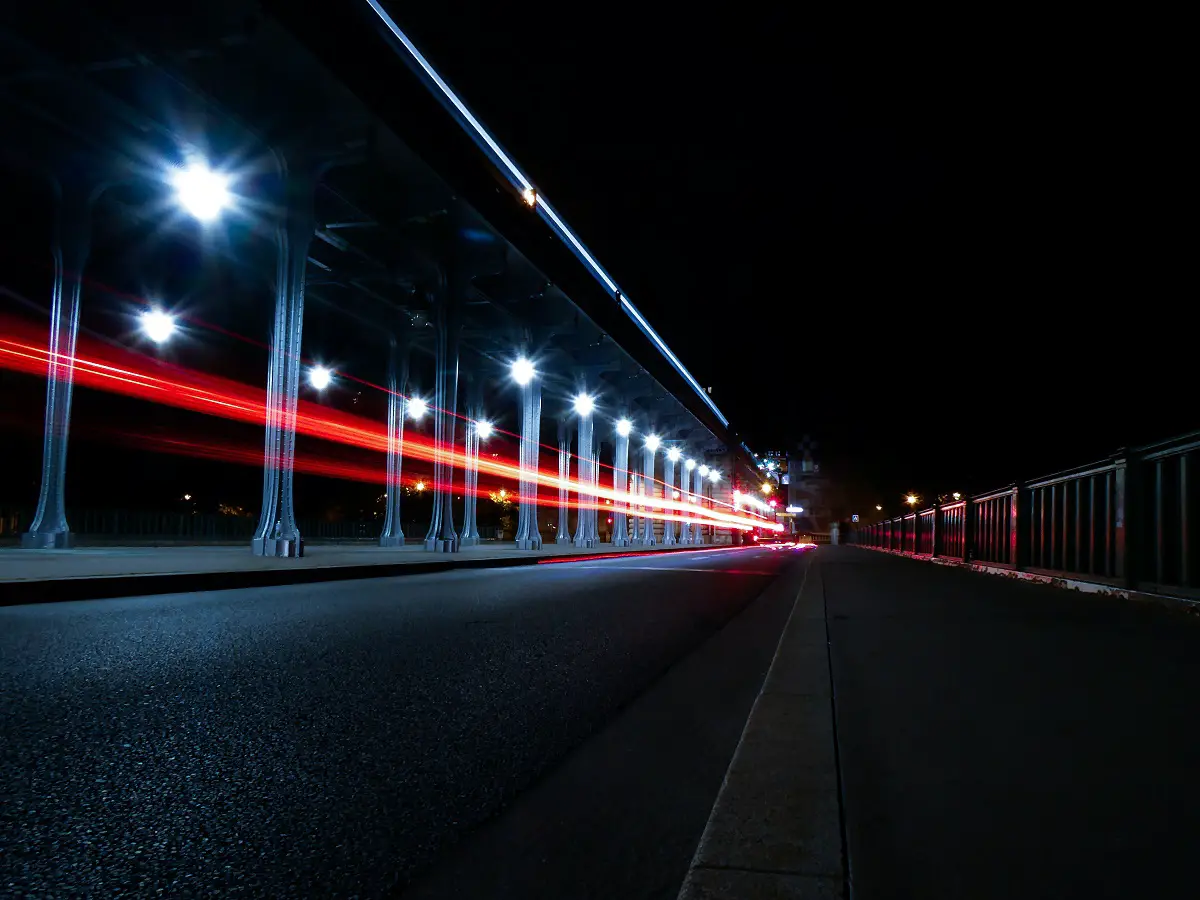Red-light cameras are a way for cities and states to enforce traffic laws. They work by taking photos of any car that drives through the intersection after the light has turned red. If you get caught, you will receive a ticket with a hefty fine in the mail. That is how red-light cameras work: they take pictures of cars that run stop lights and send out tickets to those who break the law.
What Are Red-light Cameras?
Red-light cameras are traffic enforcement cameras placed at intersections to catch red-light runners. A camera is mounted facing traffic so it can capture an image of the license plate on any car that runs through a red light. The picture shows the date, time, and place where this violation took place.

The first step for red-light cameras is location selection, finding out which spots have high numbers of accidents caused by drivers who run red lights. Proper timing devices must be installed before signals are changed from yellow to red to make sure no pictures are taken while cars are still in the intersection waiting for their turn to go or making right turns.
They Photograph Cars That Run Red Lights
Red-light cameras will take a photograph of a car that runs red lights, and then send the information to law enforcement agencies. The red-light camera helps enforce red traffic lights by photographing violators who run red lights or fail to come to a full stop before turning right on red.
Red-light cameras give drivers more notice when they need to stop at an intersection and be sure not to cross over while the “red” light is showing on the traffic signal in order for them to avoid getting ticketed for running a red light.
How They Work
The technology behind these systems varies depending on how many sensors are involved but basically works like this: An inductive loop (a length of wire embedded in the pavement) detects whether vehicles have passed through it. If a vehicle triggers the loop, time and speed calculations determine whether an offense has occurred. The red-light camera will then photograph violators who run red lights or fail to come to a full stop before turning right on red after stopping at a red light.
The data from each triggering is sent through fiber optic cables (much like cable TV) directly back to the law enforcement agency where it’s recorded for evidence purposes; other information such as date, time of day and location also help identify violations caused by specific drivers. If an officer wants to send out a ticket, he can take all this information and easily print out an official citation that goes straight into your mailbox!
They Reduce Accidents
Accidents at intersections are common, and the Sunshine State is no exception. Luckily, thanks to Tampa, Fl red-light cameras, they have been drastically reduced in this town. This is where their importance is most evident, especially if you compare the total number of accidents before their installation with those after. The red-light cameras are there to reduce them even more and make intersections safer for everyone.
Here’s how they reduce all these accidents:
- They catch everyone who violates the law
- People are discouraged to run red lights knowing they’ll be caught
- Nobody will be speeding
- All pedestrians, cyclists, and drivers can go at the designated pace without any trouble
- These red-light cameras are a big help to every intersection in town. If you want to know where they’re located, just drive around and look for them!
They Help The Police Find The Offender
The police will have a much easier time finding the offender if red-light cameras are used. This is because these devices use advanced technological features that allow them to capture clear images of a vehicle’s license plate number, as well as its driver and passengers.
Whenever someone breaks the law, red-light cameras are there to capture it. This way, the police can find red-light offenders much more easily. They’ll get the evidence they need to punish the driver.
Red-light Cameras Help People Prove Their Claim
If you’ve been hit by a red-light runner, red-light cameras can help you prove that it was their fault. These red light camera photos are often the only proof available to show exactly who is at fault in an accident, and such evidence makes it easier for your insurance company or lawyers to resolve claims.
If someone hits you because they ran a red light, red-light cameras will make sure they’re held accountable by providing images of what happened (and documenting all those details). That’s why these shots taken from traffic lights have become so much more common as people learn about how red-light cameras work to protect them on the road.

Red-light cameras are very useful devices that provide safety on the roads. They will always take photos of an offender helping police track them down, as well as people who suffered an accident file a claim proving they deserve compensation. They also reduce accidents because people won’t speed through these intersections anymore. They make the city streets much safer for everyone!
Advantages and Disadvantages of Red-Light Cameras
While red-light cameras have their benefits in promoting road safety they also come with some disadvantages. One advantage is the deterrence effect they have on drivers who are more likely to comply with traffic laws when they know they are being monitored. Additionally the photographic evidence collected by these cameras can be crucial in proving fault in accidents caused by red-light runners. This evidence can help insurance companies and lawyers resolve claims more efficiently ensuring that the responsible party is held accountable.
However there are also concerns raised about the use of red-light cameras. Critics argue that their implementation is driven by financial gain rather than a focus on public safety. Opponents question whether the number of rear-end collisions resulting from abrupt stops at red lights has increased due to drivers’ fear of being caught on camera. Some also argue that the use of red-light cameras lacks transparency and raises privacy issues as recordings of drivers and their license plates are captured without their explicit permission.
In summary the use of red-light cameras has its pros and cons. While they can be effective in improving road safety and providing evidence in accidents concerns surrounding their implementation and potential privacy violations should also be considered. These ongoing debates highlight the need for continued evaluation and improvement of these traffic enforcement measures.

